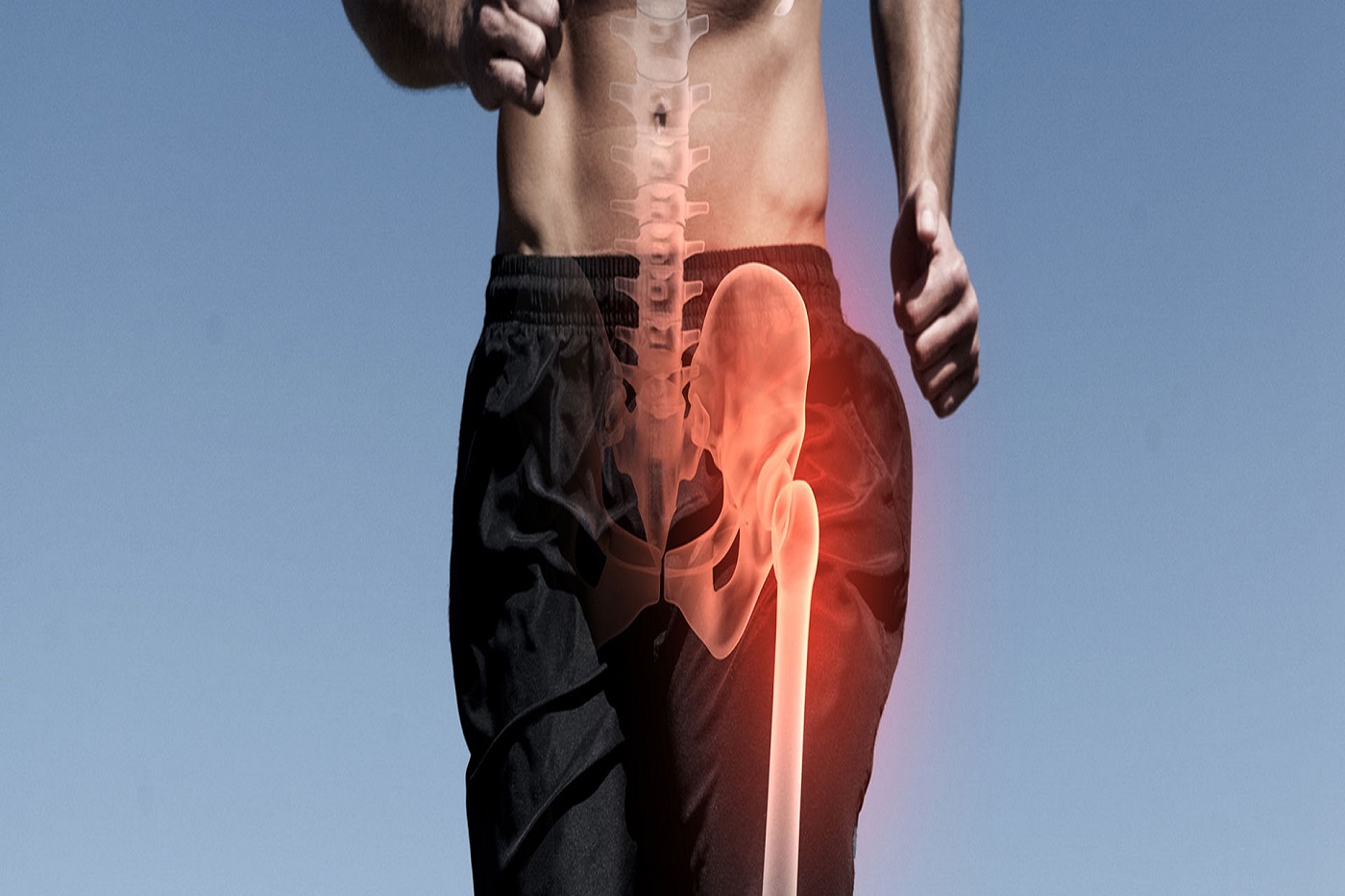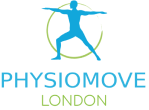
Imagine waking up every morning, dreading the simple act of getting out of bed because of the searing pain in your hips. The agony you feel with each step, robbing you of the joy of a pain-free life. If you’re reading this, you likely understand this scenario all too well. Hip pain can be debilitating, affecting your daily activities and overall quality of life. So let’s shed some light on the common causes of hip pain and how physiotherapy can be your guiding star toward a life without hip discomfort.
A study conducted in Australia in 2022 revealed that Osteoarthritis constituted 2.4% of the overall disease burden, accounting for 19% of the total disease burden attributed to musculoskeletal conditions.
Hip pain, often overlooked, is a widespread issue affecting people of all ages.. Your hip joint is a remarkable ball-and-socket joint, responsible for supporting your body’s weight and facilitating a wide range of motions, from walking to sitting, and even dancing. Hip pain can manifest as discomfort, stiffness, or sharp, shooting pain in and around the hip joint. It can also radiate to the thigh or buttock. Some common causes of hip pain may include:
- Osteoarthritis (OA): A leading cause of hip pain, OA occurs when the protective cartilage in the hip joint wears down over time.
- Hip Bursitis: This painful condition occurs when the bursae, small fluid-filled sacs that cushion the hip joint, become inflamed.
- Muscle Strains: Overuse or sudden movements can lead to strains in the muscles and tendons around the hip joint.
- Hip Fractures: These often occur in older adults, particularly those with osteoporosis.
- Labral Tears: The hip labrum is a ring of cartilage that helps stabilise the hip joint. Labral tears can result from sports injuries, accidents, or structural abnormalities.
- Pelvic Floor Issues: If you experience pain localised in your groin area, especially during ovulation or your menstrual cycle, it might be attributed to conditions like endometriosis or fibroids, rather than being related to a hip problem. Additionally, certain urological and gastrointestinal issues, such as gastroenteritis or prostate cancer, could lead to discomfort that might be mistakenly perceived as a hip injury.
While these causes might seem daunting, there is hope in the form of physiotherapy. The Clinical Practice Guidelines suggest that physical therapy can help manage hip pain and improve movement problems in patients who have issues with their muscles, tendons, and nerves. Physical therapy may include:
- Pain Management: Physiotherapists use various techniques, such as manual therapy, traction, acupuncture, and mobilisation, to relieve pain and improve joint mobility.
- Exercise Prescription: Tailored exercise programs are designed to strengthen the muscles around the hip joint, providing stability and reducing the risk of further injury. These exercises also enhance flexibility and overall joint function.
- Education: Physiotherapists empower you with knowledge about your condition, teaching you how to manage symptoms, prevent future issues, and make lifestyle adjustments for optimal hip health.
- Functional Rehabilitation: Physiotherapists focus on enhancing your functional abilities, ensuring you can perform daily tasks with ease and regain your quality of life.
However, the success of physical therapy depends on many factors, and patients who do not improve enough may need to see a doctor for surgery or consider injections before surgical intervention.
In the end, hip pain doesn’t need to be a life sentence. Armed with knowledge and the right support, you can take back control of your life from the clutches of hip discomfort. Remember, you’re not alone in this journey. Physiotherapy offers a beacon of hope, providing effective, evidence-based solutions to manage and even overcome hip pain.
Don’t let hip pain dictate your life; take that first step towards a pain-free future with the guidance of our skilled physiotherapists!
Book your consultation with us now!
FAQ
Q1: Are there any risk factors for developing hip pain?
A1: Yes, several risk factors can increase your likelihood of developing hip pain. These include ageing, a history of joint injuries, certain medical conditions like arthritis, obesity, and engaging in activities that place repetitive stress on the hip joint.
Q2: Can hip pain be caused by problems in other parts of the body?
A2: Yes, sometimes hip pain can be referred from other areas, such as the lower back or pelvic region. Conditions like sciatica or endometriosis can cause hip-like pain. It’s important for a healthcare provider to perform a thorough assessment to determine the source of the pain accurately.
Q3: How can I prevent hip pain?
A3: Preventing hip pain involves maintaining a healthy lifestyle. This includes regular exercise to keep the hip joint and supporting muscles strong and flexible, maintaining a healthy weight, using proper techniques when lifting heavy objects, and avoiding activities that place excessive strain on the hip joint.
Q4: When should I seek medical attention for hip pain?
A4: It’s advisable to seek medical attention if your hip pain is severe, persistent, or if it significantly impacts your daily activities. Additionally, if you have signs of infection (such as fever) or if you’ve experienced a traumatic injury, you should seek immediate medical care.
Q5: How long does it take to see improvement with physiotherapy for hip pain?
A5: The timeframe for improvement with physiotherapy can vary depending on the cause and severity of the hip pain, as well as the individual’s response to treatment. Some individuals may experience immediate pain relief, while others may require more extended therapy.
Q6: Can I continue normal activities while undergoing physiotherapy for hip pain?
A6: In most cases, physiotherapy aims to improve your ability to perform normal activities. Your physiotherapist will work with you to develop a treatment plan that allows you to gradually return to your daily routines as your hip pain improves.

